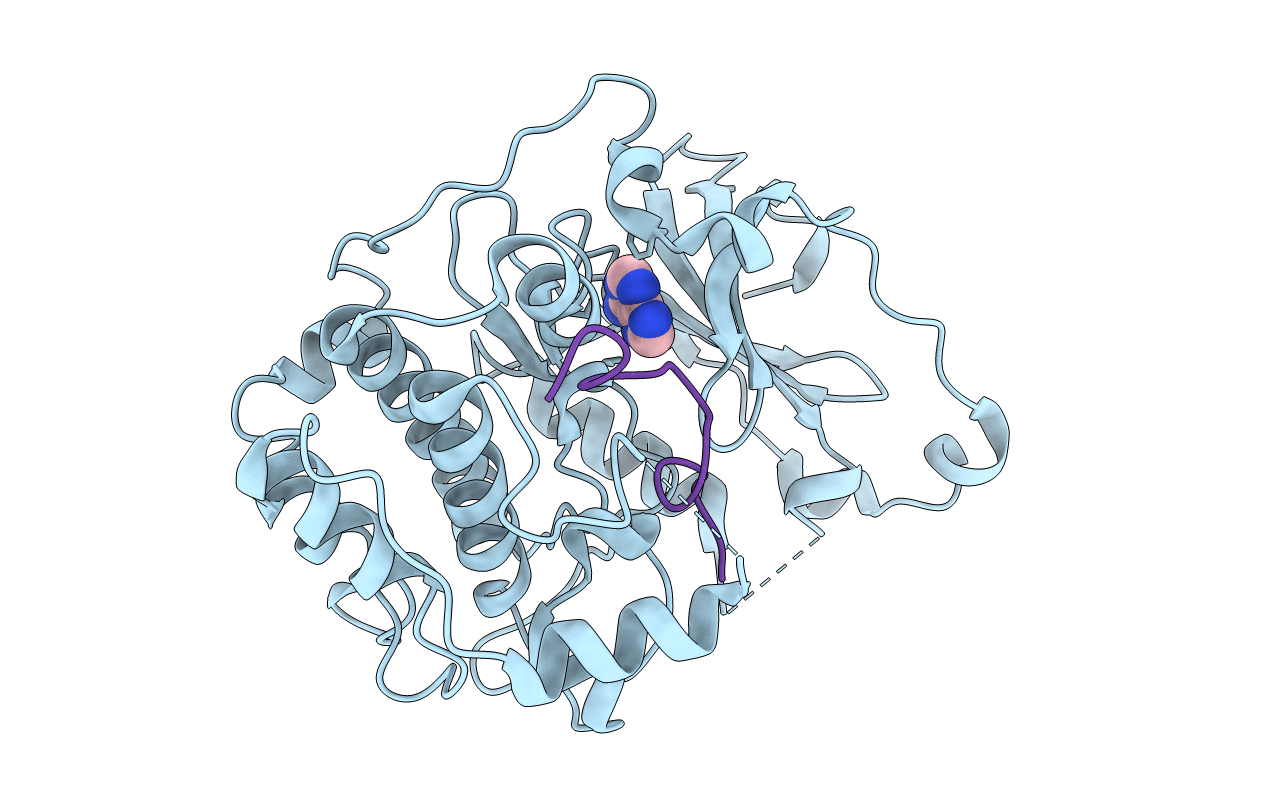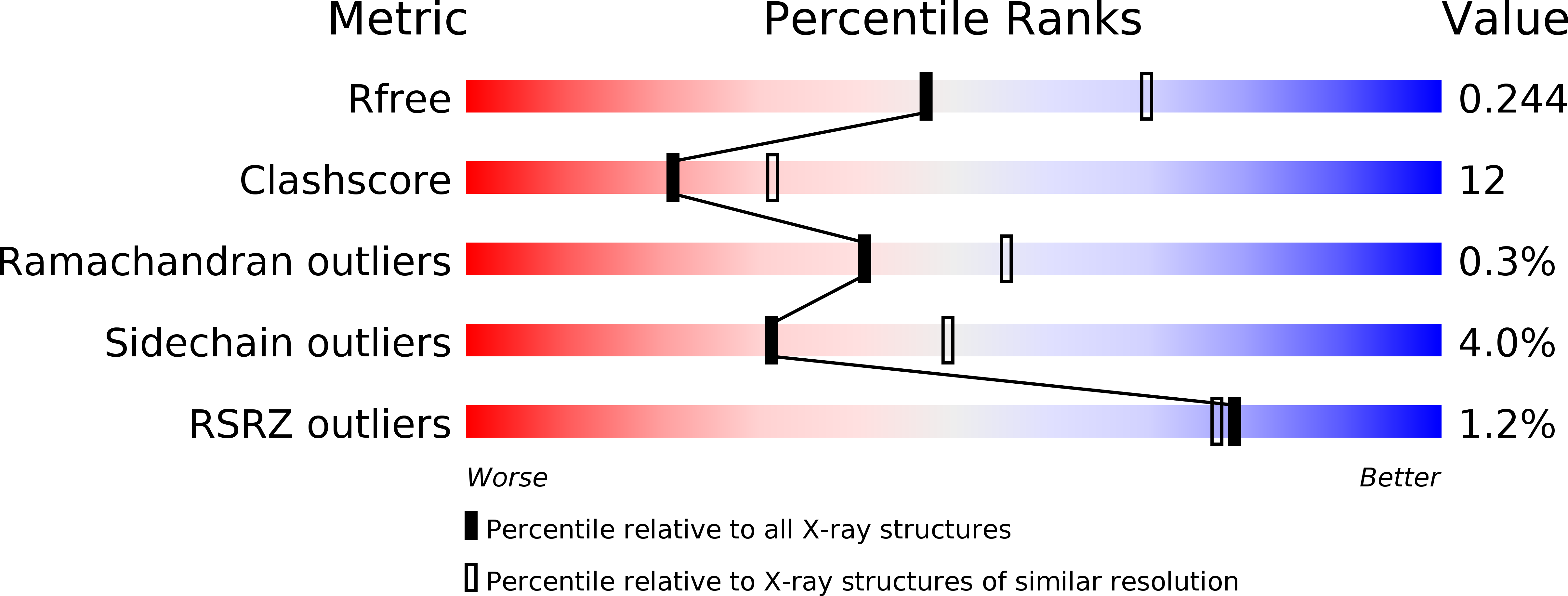
Deposition Date
2012-01-17
Release Date
2012-07-11
Last Version Date
2024-11-20
Entry Detail
PDB ID:
4DC2
Keywords:
Title:
Structure of PKC in Complex with a Substrate Peptide from Par-3
Biological Source:
Source Organism:
Mus musculus (Taxon ID: 10090)
Rattus norvegicus (Taxon ID: 10116)
Rattus norvegicus (Taxon ID: 10116)
Host Organism:
Method Details:
Experimental Method:
Resolution:
2.40 Å
R-Value Free:
0.24
R-Value Work:
0.17
R-Value Observed:
0.17
Space Group:
C 1 2 1


